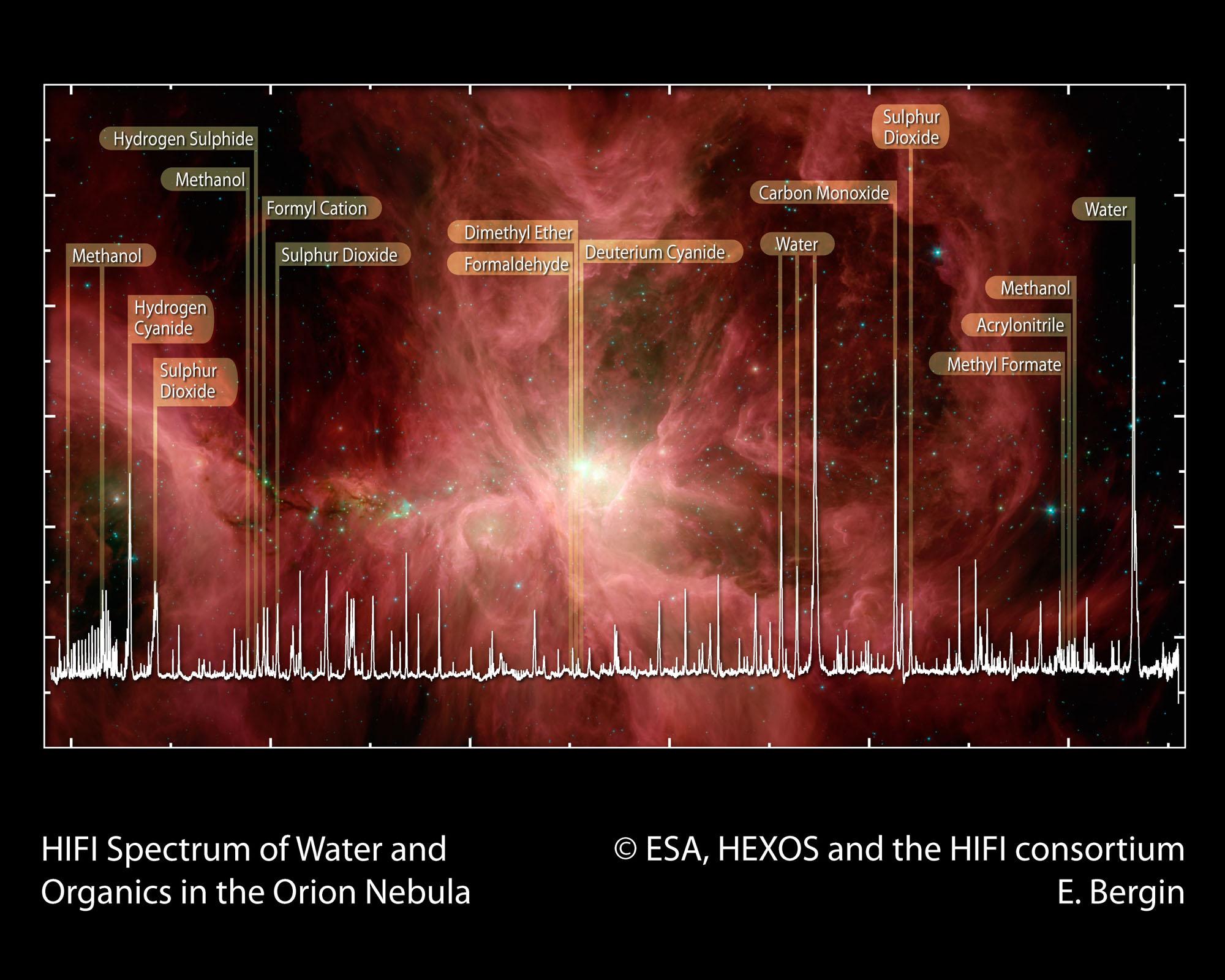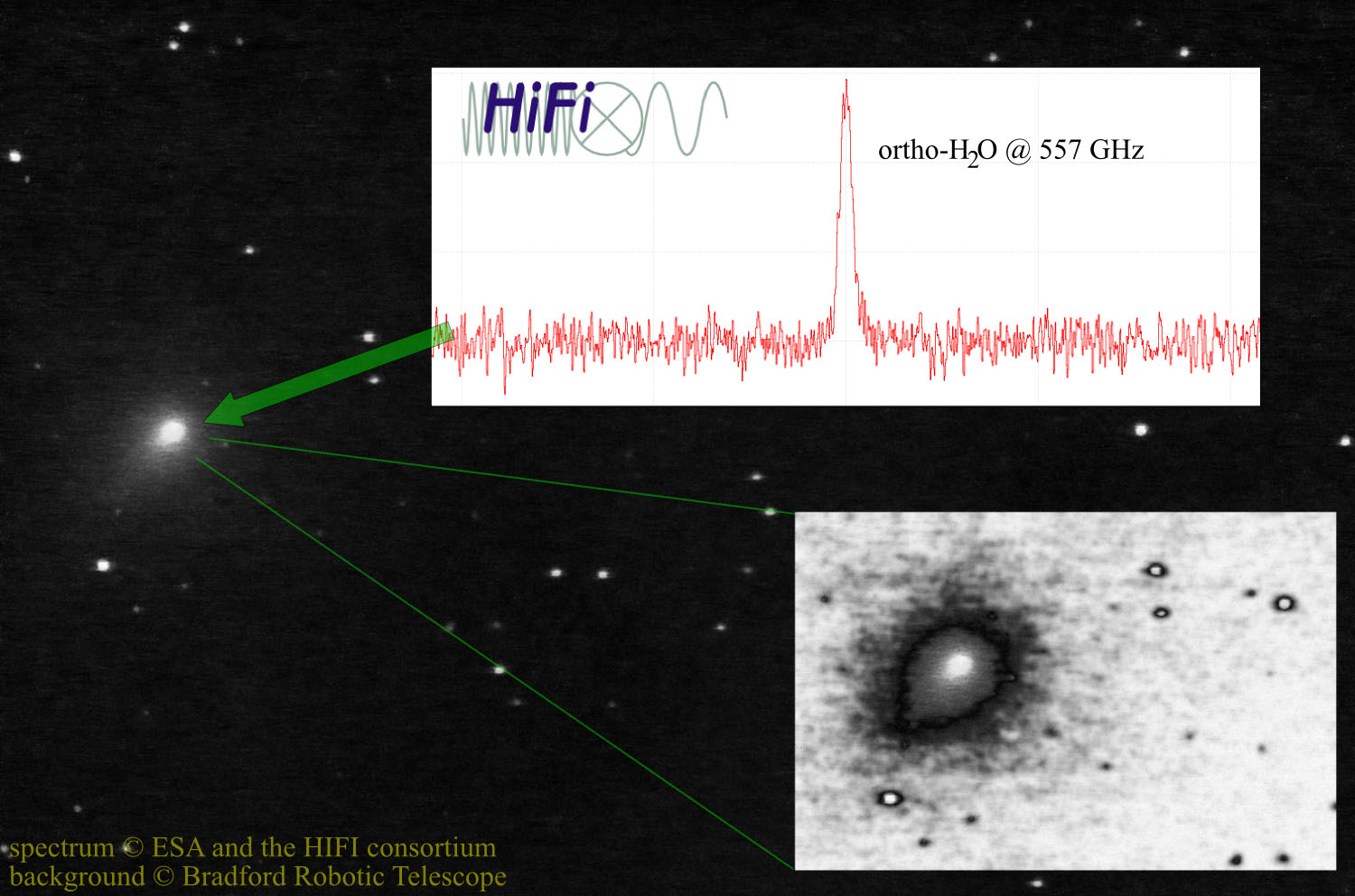Table of Contents
The HIFI instrument has been designed to provide very high spectral resolution across a large range of far-infrared and sub-millimetre wavelengths. A large fraction of the frequency range covered by the instrument can not be observed from the ground.
In this chapter we discuss the range of science capabilities of the instrument.
HIFI's very high spectral resolution coupled with its ability to observe thousands of molecular, atomic and ionic lines at sub-millimeter wavelengths make it the instrument of choice to address many of the key questions in modern astrophysics related to the cyclic interaction of stars and the interstellar medium. A wide range of chemical and dynamical studies are possible using HIFI. However, the original set of science objectives for the instrument are given in the following section.
At the outset of the mission, the major scientific objectives of the HIFI instrument are:
to probe the physics, kinematics, and energetics of star forming regions through their cooling lines, including H2O (see Figure 3.1, “Water in Comet Garradd”);
to survey the molecular inventory of the wide variety of regions that participate in the life-cycle of stars and planets;
to search for low-lying transitions of complex species (i.e. PAHs) and thus study the origin and evolution of the molecular universe;
to determine the out-gassing rate of comets through measurements of H2O and to study the distribution of H2O in the giant planets;
to measure the mass-loss history of stars which regulates stellar evolution after the main sequence, and dominates the gas and dust mass balance of the Interstellar Medium (ISM) -- see Figure 3.2, “HIFI spectral scan of the Orion nebula”;
to measure the pressure of the interstellar gas throughout the Milky Way and resolve the problem of the origin of the intense Galactic [CII] 158 micron emission measured by COBE;
to determine the distribution of the 12C/13C and 14N/15N ratios in the Milky Way and other galaxies (to constrain the parameters of the Big Bang and explore the nuclear processes that enrich the ISM); and
to measure the far-infrared line spectra of nearby galaxies as templates for distant, possibly primordial galaxies.

Figure 3.2. Early Science Demonstration Phase HIFI spectral scan towards the Orion nebula region. Multiple LO settings were used to obtain a complete spectrum across the available frequency range of the whole of a HIFI subband. The combined dual sideband spectra were deconvolved to provide the single sideband spectrum shown.
HIFI achieves very high resolution spectroscopy that enables velocity structures also to be measured. In this sense it is also an excellent instrument for determining accurate gas dynamics of a particular region with resolutions of a fraction of a km/s easily possible.
